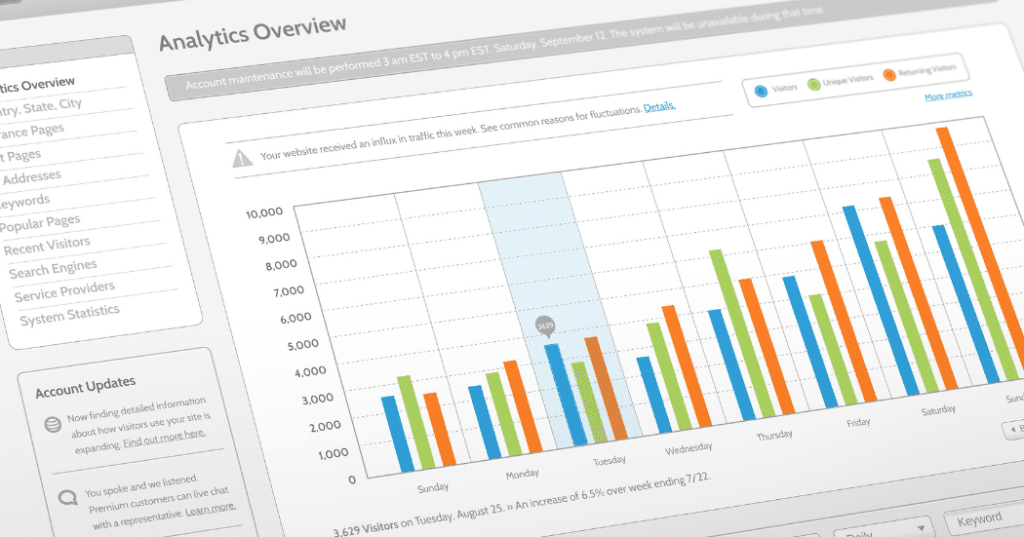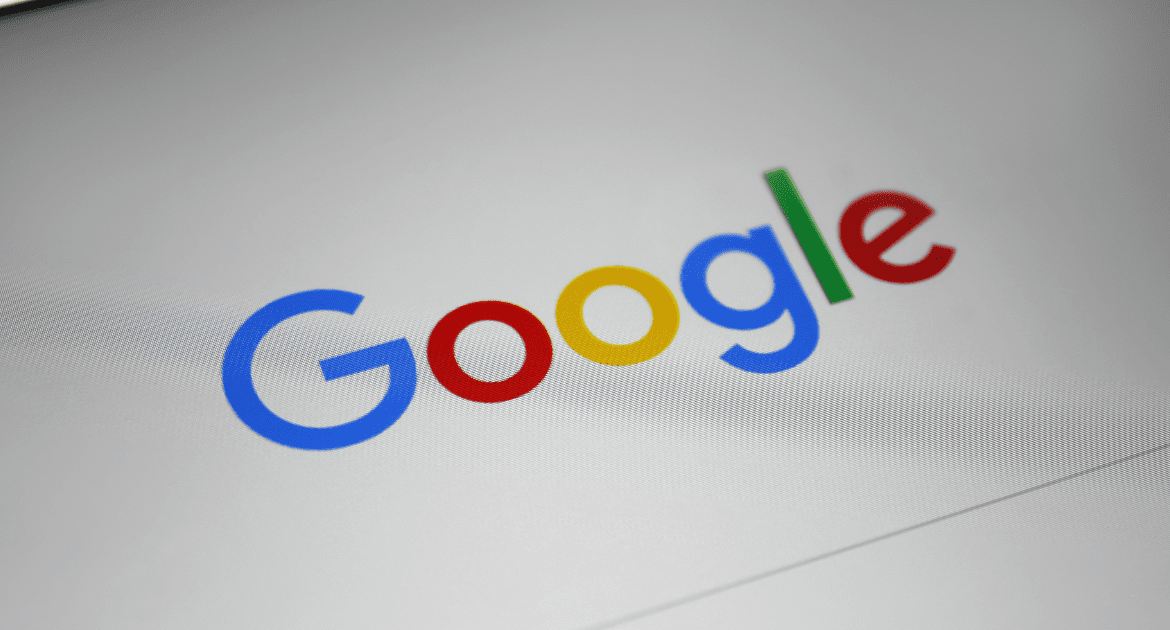Google Ads can be a powerful tool for driving traffic and generating conversions. However, many businesses are frustrated when their investment doesn’t yield the expected results. If your Google Ads aren’t converting, it might be due to a few common issues.
This article will explore these pitfalls and offer practical solutions to enhance your campaign’s effectiveness.
1. Poorly Defined Target Audience
One of the primary reasons Google Ads fail to convert is that they’re not reaching the right audience. If your targeting settings are too broad or too narrow, your ads may not be displayed to users who are genuinely interested in your products or services.
Solution: Refine your audience targeting using Google Ads’ advanced targeting options, such as demographics, interests, and behaviors. Utilize remarketing to reach users who have interacted with your site but haven’t converted yet.
2. Irrelevant or Weak Ad Copy
If your ad copy doesn’t resonate with your target audience, it won’t inspire them to click, let alone convert. Weak calls to action (CTAs) or unclear messaging can significantly reduce your ad’s effectiveness.
Solution: Write compelling, clear, and benefit-focused ad copy. Ensure your CTAs are strong and give users a reason to act. Test different versions of your ad copy using A/B testing to find what resonates best with your audience.
To ensure your Google Ads resonate and drive conversions, focus on these key strategies:
- Highlight Benefits: Clearly articulate the benefits of your product or service. Show your audience exactly how your offer can solve their problems or improve their lives.
- Strengthen CTAs: Use direct and action-oriented language in your calls to action. Phrases like “Get Started Today” or “Claim Your Discount Now” can create a sense of urgency and encourage clicks.
3. Misaligned Landing Pages
A common mistake is not aligning the landing page with the promise made in the ad. If visitors don’t find what they expected after clicking on your ad, they will likely leave without converting.
Solution: Ensure that your landing pages directly reflect the offer, style, and call to action present in your ads. The user experience should be seamless from the ad to the landing page. Additionally, optimize your landing pages for conversions by simplifying the design, reducing loading times, and including persuasive elements like testimonials and guarantees.
4. Incorrect Keyword Matching
Using overly broad keyword match types can lead to irrelevant traffic that rarely converts. Conversely, using overly restrictive keywords might not generate enough traffic.
Solution: Use a mix of keyword match types and continually refine your keywords based on performance data. Add negative keywords to exclude unwanted traffic and refine your focus on keywords that have proven to convert well.

5. Overlooking Conversion Tracking
Without proper conversion tracking, you can’t accurately measure the success of your Google Ads campaigns or identify which elements of your campaign are working and which aren’t.
Solution: Setting up conversion tracking is essential to ensure you’re not just spending on ads but investing in them. By configuring Google Ads to monitor actions that are crucial to your business—such as purchases, sign-ups, and phone calls—you gain access to valuable data.
This information lets you see which ads and keywords produce results directly. With these insights, you can fine-tune your campaigns, focus your budget on high-performing ads, and ultimately enhance your return on investment.
6. Inadequate Bid Strategy
Choosing the wrong bidding strategy can affect your campaign’s ability to compete in auctions, which might result in low ad visibility and poor conversion rates.
Solution: Choose a bidding strategy that aligns with your campaign goals. For instance, if your goal is to drive conversions, consider using conversion-based bid strategies like CPA (cost per acquisition) or Enhanced CPC (cost per click).
7. High Competition
In highly competitive markets, your ads may struggle to stand out, and the cost per click can be prohibitively high, making it difficult to achieve a profitable conversion rate.
Solution: Differentiating Your Campaigns To stand out in a crowded marketplace, it’s crucial to refine your strategy:
- Target Niche Keywords: Identify and target less competitive keywords that are still highly relevant to your target audience. These keywords can provide a better ROI by reaching a more specific segment of consumers likely to convert.
- Use Ad Extensions: Implement extensions to enhance your ads’ visibility and provide more information to potential customers. Extensions such as callouts, site links, or structured snippets can make your ads more extensive and informative, increasing engagement chances.
- Craft a Strong USP: Develop and highlight a unique selling proposition that differentiates your brand or offer from competitors. A compelling USP can be a decisive factor for consumers when choosing similar options.

8. Ad Fatigue
Over time, your audience might become desensitized to your ads, especially if the same ads are seen repeatedly without variation, leading to decreased engagement and conversion rates.
Solution: To combat ad fatigue and keep your audience responsive, it’s crucial to refresh your ad copy and creative elements regularly. This doesn’t just mean tweaking a word here and there but involves a comprehensive overhaul of the visuals and messages to ensure they feel new and exciting to the audience. Consider the following strategies:
- Rotate Ad Creatives: Implement a schedule to rotate ads periodically. This keeps the content fresh and reduces the boredom of seeing the same ad repeatedly.
- Test New Ad Formats: Experiment with different ad formats to find what resonates best with your audience. Try incorporating video or carousel ads if you’ve primarily used image ads.
- Introduce New Offers or Incentives: Refresh your campaigns by periodically introducing new promotions or limited-time offers. This strategy can re-engage customers who may have ignored previous ads and attract them with the new value proposition.
9. Poor Budget Allocation
If your budget is spread too thin or investing too much in underperforming campaigns, it can limit your ability to compete effectively and achieve conversions.
Solution: Regularly review your campaign performance and budget allocation. Shift funds from underperforming campaigns to those that show higher ROI. Utilize budget optimization strategies like dayparting to maximize ad spend efficiency.
Turning around a Google Ads campaign that isn’t converting requires careful analysis and strategic adjustments. Addressing these common pitfalls can enhance your campaign’s effectiveness and start seeing better results. Remember, continuous testing and optimization are key to success with Google Ads.
If your Google Ads aren’t converting… start implementing these strategies today and watch your performance improve! If you need expert help, consider booking a discovery call with us today.


